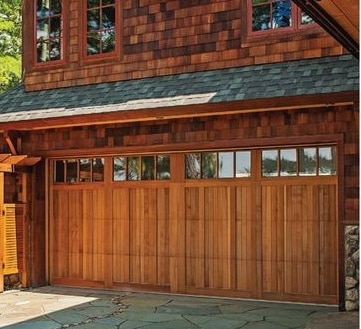Springs are a huge part of your garage door, unlike various other elements, if a springtime breaks you require to replace it to maintain your garage door operating and running appropriately.
Overhead garage door springs are certainly among the most crucial elements of your upward-acting sectional door. Discovering the right dimension and the correct amount of pull on your replacement expansion springs or making sure you have the correct amount of I.P.P.T or number of turns on your torsion springs can be a difficult and also extremely complex job.
A garage door spring is just one of those family products you probably never think of. Till it’s damaged, that is, and also you’re embeded the garage with a door that will not open and a vehicle that can not get you to work.

When you’re faced with this grab, you have a number of options: calling a pro or change a garage door spring yourself. Obtaining a specialist to change the spring can set you back in between $200 to $300, while undertaking this Do It Yourself task on your own can set you back $30 to $100 in parts. While changing the spring on your own may conserve you a few dollars, having a pro do it will conserve you from the hazards that include this job, specifically if you’re a much less experienced DIYer.
If you wish to try tackling this job on your own, or if you want to understand more regarding what’s involved before you choose whether to get the phone or head to the hardware store, the following suggestions will certainly help.
- Know the different types of garage door springs.
Prior to attempting to change a garage door springtime, confirm the type of springtime that you require to change. These springs come under two major categories:
Expansion Springs
Long, skinny springtimes that run parallel to the door’s horizontal tracks, extension springs store energy by expanding or stretching when the door is moved. They can be open-looped, double-looped, or clipped-end. Open-looped expansion springs are the weakest style of extension springtime and depend on an open wire at the end. If this wire is broken, the whole spring requires to be replaced, even if this is the only part of the system that is faulty. Double-looped extension springtimes are stronger than open-looped, featuring 2 coils at the end of the spring that links to the pulley as well as eyebolt. Clipped-end expansion springtimes are the most durable of the 3. They have a tendency to last longer and are frequently made use of on garage doors that consider greater than 200 lbs.
Torsion Springs
A garage door can have in between one to 4 torsion springs, depending upon the size, weight, as well as strength of the door. These springtimes are wide as well as can be located on a metal shaft directly over the door opening. Light weight aluminum drums are positioned on either end of the metal shaft and also the springs are wound to a particular torsion setup in regard to the assembly. They can be standard, early-set, steel rolling-door, or torque-master springs.
Requirement torsion springtimes are often found on domestic garage doors, with lighter doors only needing one spring for effective operation. Early-set torsion springtimes are similar to conventional torsion springtimes, except that they are mounted in the middle of the torsion shaft. Steel rolling door torsion springtimes are typically seen in business as well as industrial buildings. These springs are included within the torsion barrel. Torque-master torsion springs are confined in the torsion shaft as well as are kept in area by a winding cone that sits at the end of each torsion poles.
For property replacements, the most common spring types are any of the extension springs, as well as either the conventional or early-set torsion springtimes. Steel rolling-door as well as torque-master springs often tend to be utilized only in commercial and also commercial applications with much heavier garage doors.
More garage door specialists content here.


